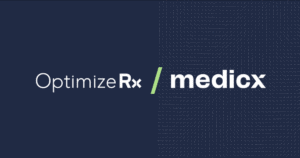
Health Media and the Equity Conversation from MM+M Media Summit 2023
Access to preventative diagnostics and care yields better health outcomes. But when access is an issue, the likelihood of finding out a diagnosis later in the disease stage is much higher. Imagine getting diagnosed with advanced breast cancer but never having received a mammogram. It’s just one example of the country’s embarrassing lack of health access, which is not a new problem. Yet prior to the pandemic, even health-centric media outlets seemed to brushed it aside. This panel, featuring Medicx’s Chief Revenue Officer, Chad Gottfrid, will survey the broader health media’s progress — and lack thereof — over the last three years, examining its role and responsibility in confronting the epidemic of health inequity.







